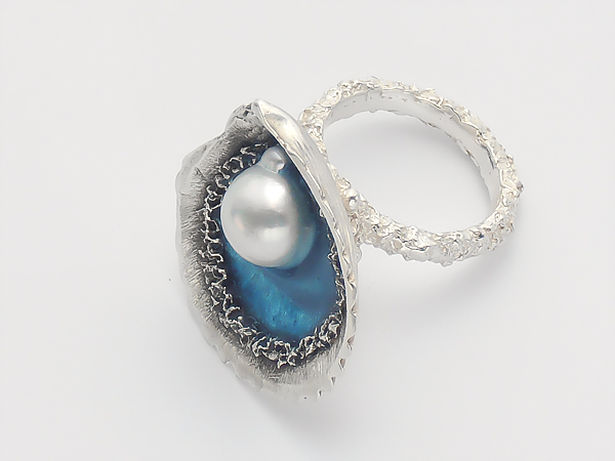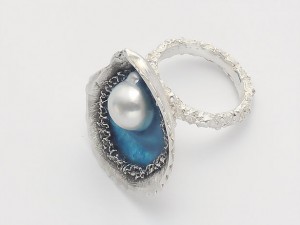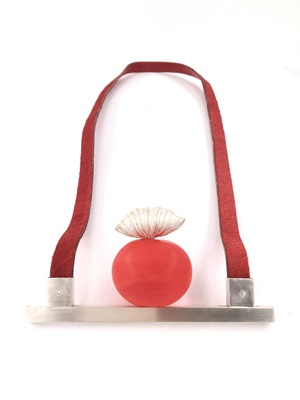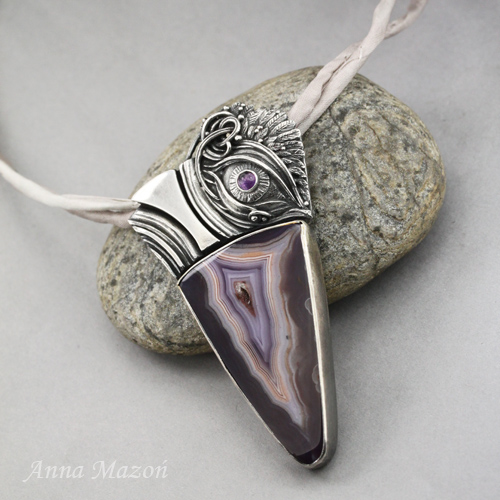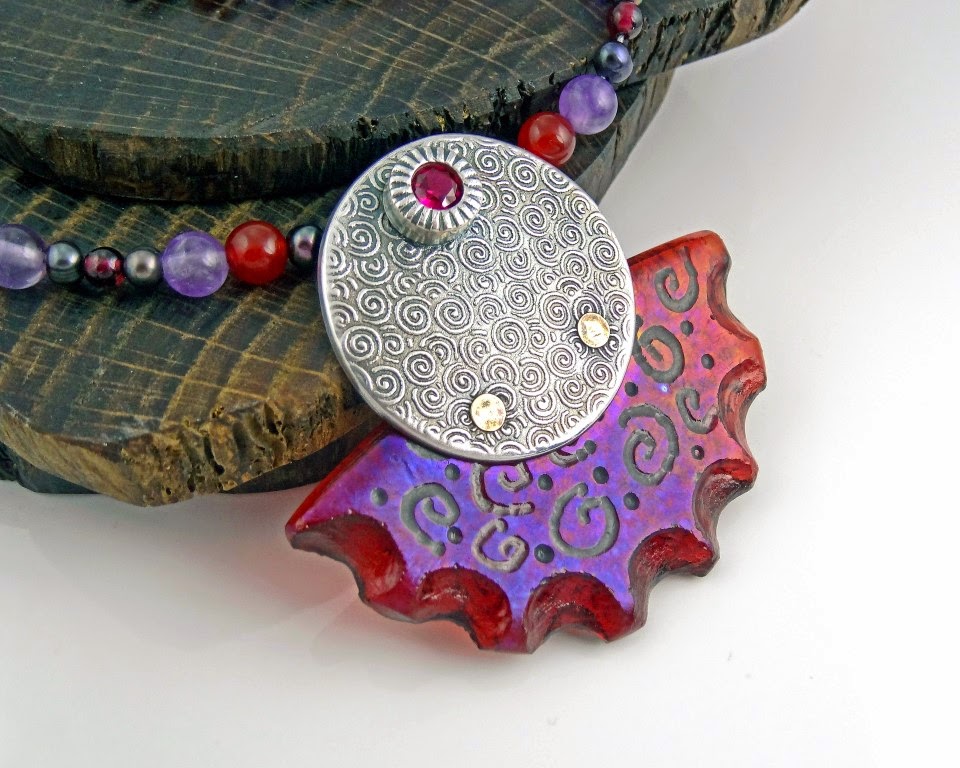As a metal clay artist for more than a decade, I made hundreds of rings, my favourite jewelry. My biggest challenge all this time was to achieve the right ring size, given that metal clay shrinks during firing. Through trial and error and lot of sweat I have created my own way how to make a ring.
I suggest you read my post about the correct measuring of your own or your customers’ finger before you start creating your ring. If you haven’t yet, you can read it here
The five tips for the perfect ring sizing are given below:
1. Firstly we have our tools, created by different manufacturers at different places all over the world. Sometimes, this can mean that tools are slightly different from one another. Personally, I have two different sets of ring sizers ( from two different manufacturers ) and they are a little different from each other. It is important to find a ring sizing mandrel and a set of ring sizers that are matching and after you find them, work always with them.
2. According to the design of your ring you need to add a few extra sizes considering the metal clay shrinkage. The question here is: “how can I figure out how many sizes to add?”
A lot of factors influence the shrinkage of the ring like:
-
The width and the thickness of the ring
-
The firing schedule
-
The firing temperature
-
The position in the kiln ( fired at the front or at the rear of the kiln chamber)
-
Finally, the kiln we use and how accurate it is.
At first, start with the suggestions of the manufacturer of the brand of clay you use. At the same time, create a log book in which you will jot down the following information for each of your rings:
-
Date
-
A small photo of the ring is a good idea
-
Starting size
-
Finished size
-
Shrinkage
-
Firing schedule
-
Firing temperature
-
Position in the kiln
-
Results
-
Other notes ( like how you made the ring )
Having all the above information as reference, it would be a great start for your next piece.
3. Measure the Starting size:
I am considering as starting size the size after the refining of the ring.
4. Measure the Finished size:
After the firing, always put the ring on a wooden mandrel and with a raw mallet or a wooden hammer beat it gently to form its shape. After that, measure the finished size.
5. Always work with a clay thickness of 1.75 mm or 7 cards. In case your ring is a little bit tight, you have the ability (and the necessary thickness) to file it from the inside and adjust it to the desired size.
So, with all that in mind… isn’t it amazing when you’re making a ring which fits perfectly?
If you have tips and tricks about ring sizing, I would love to see them in the comments box below.
If you found this post valuable, please share it with your friends and network.
As always, thank you for reading and watching!
Meropi’s artist profile is here

